Washing embroidery
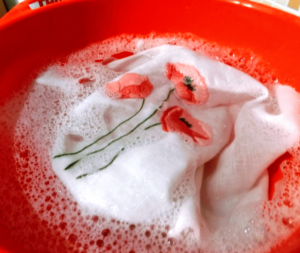 A thread pattern embroidered on a tablecloth or shirt is beautiful, expensive, but also troublesome. Regular washing in an automatic machine can damage the product, break stitches, stain or stretch the fabric. In order not to say goodbye to hand-created decor, you need to know how to properly wash embroidery. We offer you to understand the nuances of washing, soaking, selecting detergents, drying and ironing.
A thread pattern embroidered on a tablecloth or shirt is beautiful, expensive, but also troublesome. Regular washing in an automatic machine can damage the product, break stitches, stain or stretch the fabric. In order not to say goodbye to hand-created decor, you need to know how to properly wash embroidery. We offer you to understand the nuances of washing, soaking, selecting detergents, drying and ironing.
Preparatory work
Fabric with embroidery is a delicate item and therefore requires special care. First of all, this concerns preparation: the drawing must first be strengthened, processed and secured. We are talking about the following manipulations:
- After removing it from your fingers, shake the product;
- remove thread basting and markings;
- we process the canvas along the edges (we trim or cover the sections with PVA glue or manicure varnish without color);
- on the wrong side we secure all protruding threads with hidden stitches;
- Soak for a couple of minutes in water at room temperature to remove any remaining dust from the fabric.
Before washing, it is necessary to remove the basting and protruding threads from the embroidered picture, and also treat the edges of the fabric with glue, overlock or varnish.
We also pay attention to the material from which the threads are made. Remember that wool fibers wash differently than cotton fibers: you need cooler water and more gentle care. There is no need to rush with additional decorative elements - beads, fears, buttons, appliqués. It is better to first clean the item, dry it and iron it, and then complete the composition with voluminous details.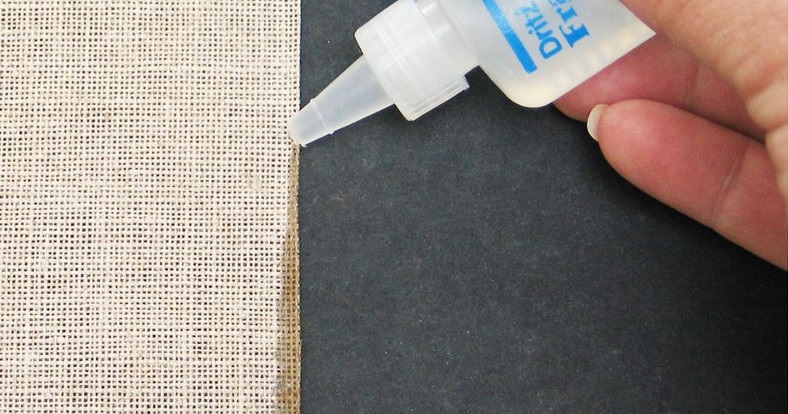
If you follow these recommendations, the tablecloth or shirt with cross stitch will remain in its original shape and color.You just need to continue in the same spirit and properly organize further washing, drying and ironing. We'll talk about this further.
How to keep colors bright?
In addition to the integrity of cross stitch, needlewomen strive to preserve the original color of the composition. As practice shows, it is not difficult to avoid tarnishing and molting. The main thing is to choose the right detergent and water temperature.
It is even better to clean the embroidered product according to a certain pattern. For example, wash the picture directly on a hoop or on a special wooden frame. This is done simply:
- we stretch the fabric more tightly, avoiding folds and sagging;
- prepare a cleaning solution from laundry soap;
- dip a sponge or hand into the prepared solution, and then apply it to the embroidery with stroking movements;
- wash off the resulting foam with cold water;
- then lower the hoop with the fabric into the soapy solution and leave for 5-10 minutes;
- rinse the required number of times.
To avoid shedding of floss threads, you need to add a little table vinegar to the solution when washing.
It is better to avoid fading and shedding. To do this, we always purchase high-quality threads, and when working with embroidery, we look at the behavior of the floss. When pigment remains on your fingers from the material, you should immediately take precautions. Firstly, do not use detergents, neither chemical nor natural. Secondly, add a little apple juice to the solution table vinegar. Thirdly, rinse in cool water, since at high temperatures the likelihood of staining and fading of the original shade increases.
If the task is to restore lost brightness, we act differently.We prepare a solution of vinegar and water at the rate of 20 g per 1 liter, and then treat the tarnished areas with a cotton swab dipped in it. We also take into account that it is better not to resort to powders and thorough rubbing unless absolutely necessary. As a rule, it is enough to refresh the drawing a little in cool water.
Traditional wash
Hand washing is considered safer than machine washing, especially when it comes to patterns embroidered on fabric. But even here it is important to approach the process responsibly, prepare properly and avoid common mistakes. A few simple recommendations will help you cope with the task.
- Selecting the right temperature. Ideally, the water should be between 30-40 degrees. If you greatly exceed the norm, the colors from the floss may fade and stain nearby threads.
- We remove the marker correctly. For marking, many needlewomen use a special felt-tip pen, which is washed off only in cold water. If you try to erase the mark with a warm or hot solution, the pigment will settle in the material, and it will be difficult to remove it.
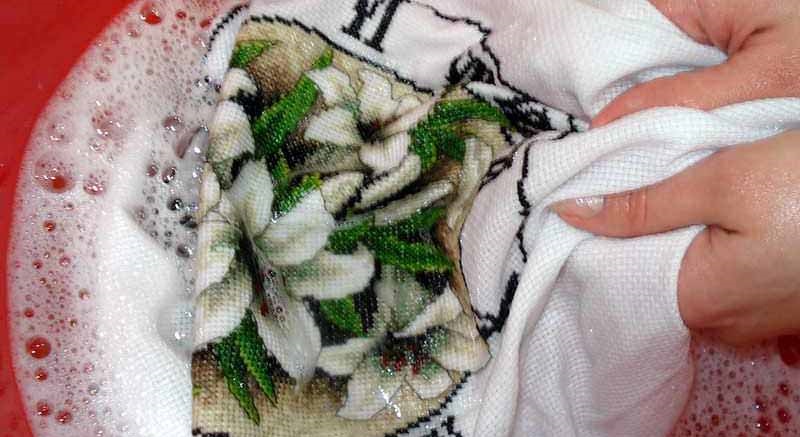
- We don’t crumple the drawing. We select a basin for washing so that the available volume of water is enough to immerse the product with minimal creases. Then the picture will be free, will absorb the solution better and will be cleared of dirt faster.
- Avoid friction. No brushes required - just a soft sponge and smooth cleansing.
Handmade embroidery is washed in water heated to a temperature of no more than 30-40 degrees.
As a rule, embroidery does not require thorough cleaning. But careless attitude towards the product, the desire to drink coffee or wine in the process of needlework leads to the need for strict measures. Then to remove stubborn stains you will have to resort to serious cleansing.
- Ink.Ink stains can be removed by soaking for five minutes in a solution of water and heated glycerin. Another option is spot treatment with potassium permanganate.
- Blood. Disappears after treatment with peroxide or ammonia.
- Tea or coffee. Dilute the water with citric acid at a rate of 10 to 1, apply the solution to the stain and wash it off.
- Pencil. First we rub the markings with soap, and then treat them with ammonia.
- Felt pen. All you have to do is heat up the nail polish remover and work on the marks.
- Mold. Clean it by applying soda slurry.
- Rust. It can be removed point by point with a cotton swab soaked in vinegar.
After spot cleaning from stains, the entire product is thoroughly rinsed in water at 20-30 degrees. To get rid of creases left after using the hoop, you need to wipe the folds with a sponge when washing.
Automatic wash
Washing machine and cross stitch are incompatible. If with other products the machine helps a housewife deal with difficult-to-remove stains, then in the case of a floss ornament the item will be doomed. The machine will almost completely ruin the entire picture.
Embroidery will deteriorate for several reasons: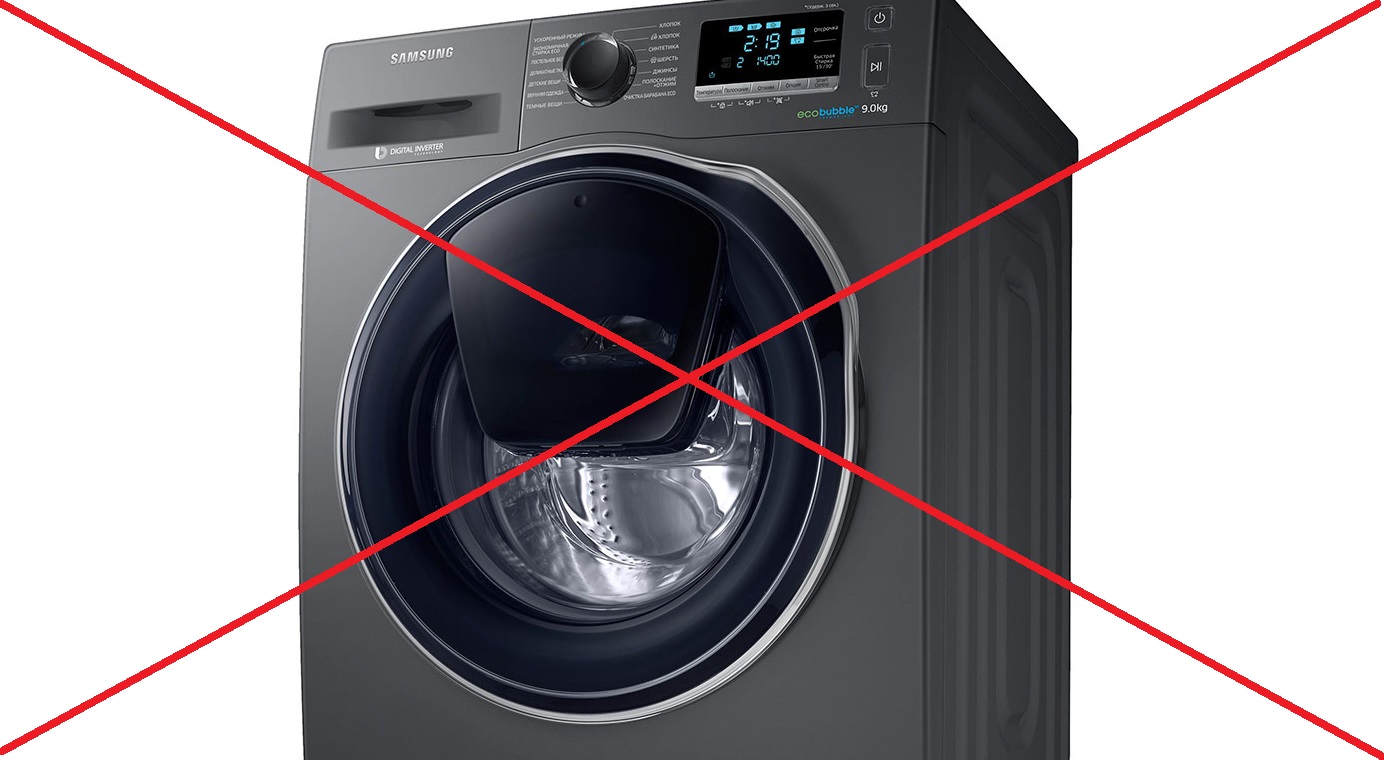
- floss is not intended for automatic washing;
- even high-quality pigments with a long cycle are washed out and mixed with neighboring ones;
- knots and ties are weak and can come loose when the drum rotates;
- canvas is a very fragile material that can be deformed or fall into pieces in the machine.
Automatic washing is contraindicated for items with cross stitch.
Also, machine washing does not allow you to wash a separate section of fabric. It’s also about saving money, since embroidered clothes are washed separately, which is not beneficial in terms of resource consumption.
The machine will easily cancel out all the efforts of the needlewoman.Therefore, it is better not to tempt fate and wash the product by hand.
What are we going to wash with?
In addition to the type of wash and water temperature, you need to pay special attention to the detergent. Embroidery has a number of nuances, due to which the use of ordinary powder will be detrimental to the picture. It’s better not to try to save money, but to take note of a few recommendations.
- It is not advisable to add powder mixtures to water. The granules do not dissolve well in cold water and get stuck between the ties, disrupting the pattern and leaving white streaks on its surface.
- Gel concentrates, especially those intended for delicate washing, quickly dissolve in water and are completely rinsed out of the fabric.
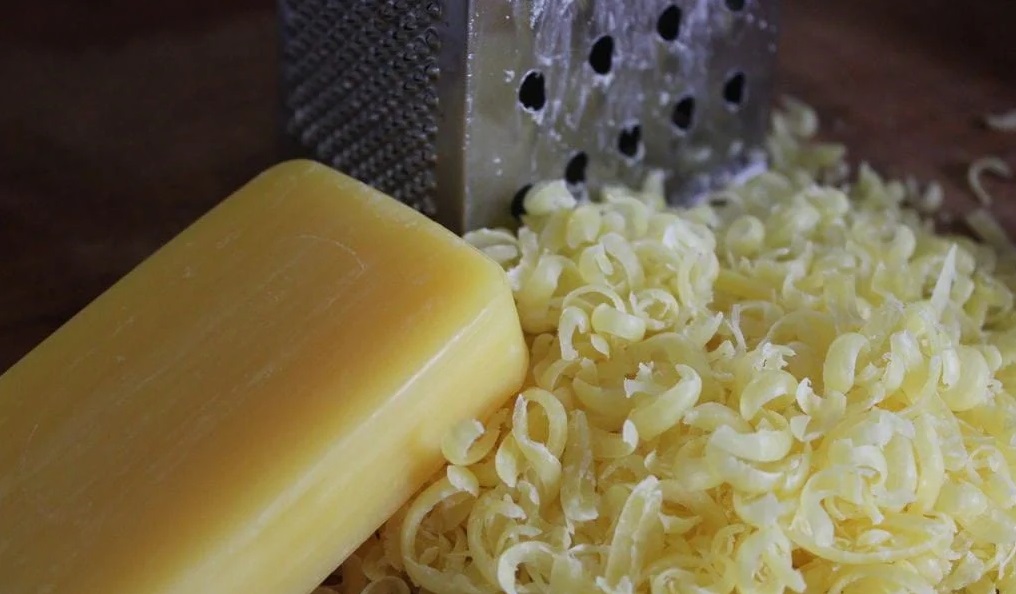
- Laundry soap in both liquid and solid form is excellent for cleaning threads, preserving their color and shape.
- Baby detergents, gels and shampoos are ideal for cleaning items decorated with woolen threads.
- Dish gels are allowed, but with exceptions. So, compositions with aggressive components such as chlorine are not suitable.
Items with embroidered patterns and ornaments are best washed with gel detergents - they clean more gently, dissolve faster and are completely washed out of the fabric structure.
To ensure that the detergent causes less harm to the fabric and embroidered ornament, you can follow the advice of experienced craftswomen and pre-soak the work in salt water. Salt will protect fabric fibers and prevent cleaning ingredients from sticking to items.
The main rule when choosing a cleaning product is to carefully study its composition. If the gel is based on no aggressive substances or compounds, then the risk of damage and shedding is minimal.
Carefully remove moisture
Embroidered items are also dried in a special order.Firstly, it is strictly forbidden to squeeze such products, otherwise deformation, stretching and damage to the picture cannot be avoided. Secondly, you need to forget about the usual drying on ropes or a floor dryer. Otherwise, folds and creases will appear that even an iron cannot cope with. Thirdly, it is important to avoid direct sunlight, which negatively affects the color and shape of the embroidery.
Fabric hand-embroidered with threads must not be wrung out!
But you shouldn’t throw patterned fabric when it’s wet either. We proceed like this:
- let the water drain on its own if the item was washed in a frame or hoop (we hang the tool and leave it until completely dry);
- we place the material on a dry terry towel, which will absorb all the moisture over time;
- Carefully roll the fabric into a roll, gently pressing with your hands to remove water.
You can also speed up drying artificially - using a hair dryer. Cover the picture with gauze, set the power to medium and direct the air flow to the threads.
How to iron?
The embroidered design must be ironed. After ironing, the embroidery will acquire a final gloss and smoothness, which will have a positive effect on its appearance. But this manipulation will require a lot of concentration and caution, since a hot sole can irrevocably ruin the composition.
The main thing is to follow a few recommendations: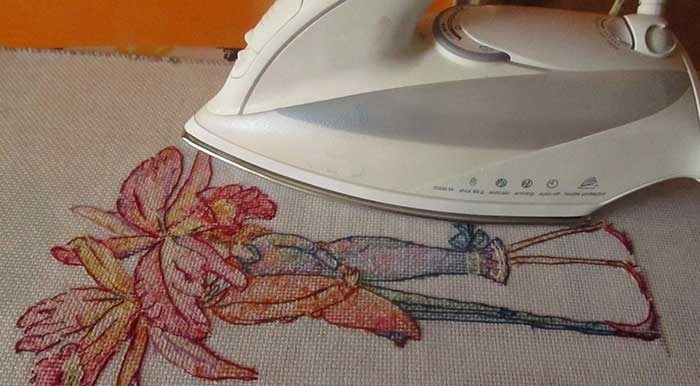
- before ironing, make sure that there is no detergent left on the fabric (otherwise the powder granules will penetrate deeper into the fibers, leaving fibers and weakening the color);
- turn the embroidery inside out;
- iron slightly damp;
- We lay a terry towel under the material, which will return volume to the stitches;
- periodically adjust and straighten the fabric to prevent deformation;
- the temperature is set depending on the type of thread;
- control the iron smoothly without sudden movements or pressure;
- We starch the item, giving it rigidity.
Over time, embroidery accumulates dust, grease and small debris, which has a bad effect on its appearance. It is not difficult to correct the situation, the main thing is to follow the above recommendations for washing, drying and ironing.
Interesting:
Reader comments
- Share your opinion - leave a comment
Categories
Washing machine repair


For buyers

For users

Dishwasher

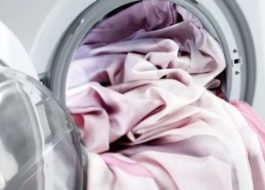
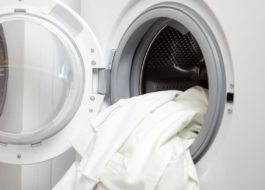

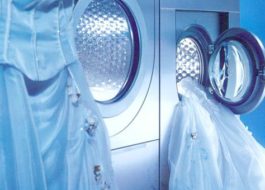
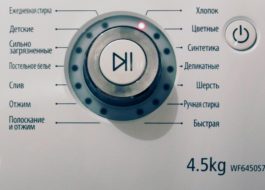











Add a comment